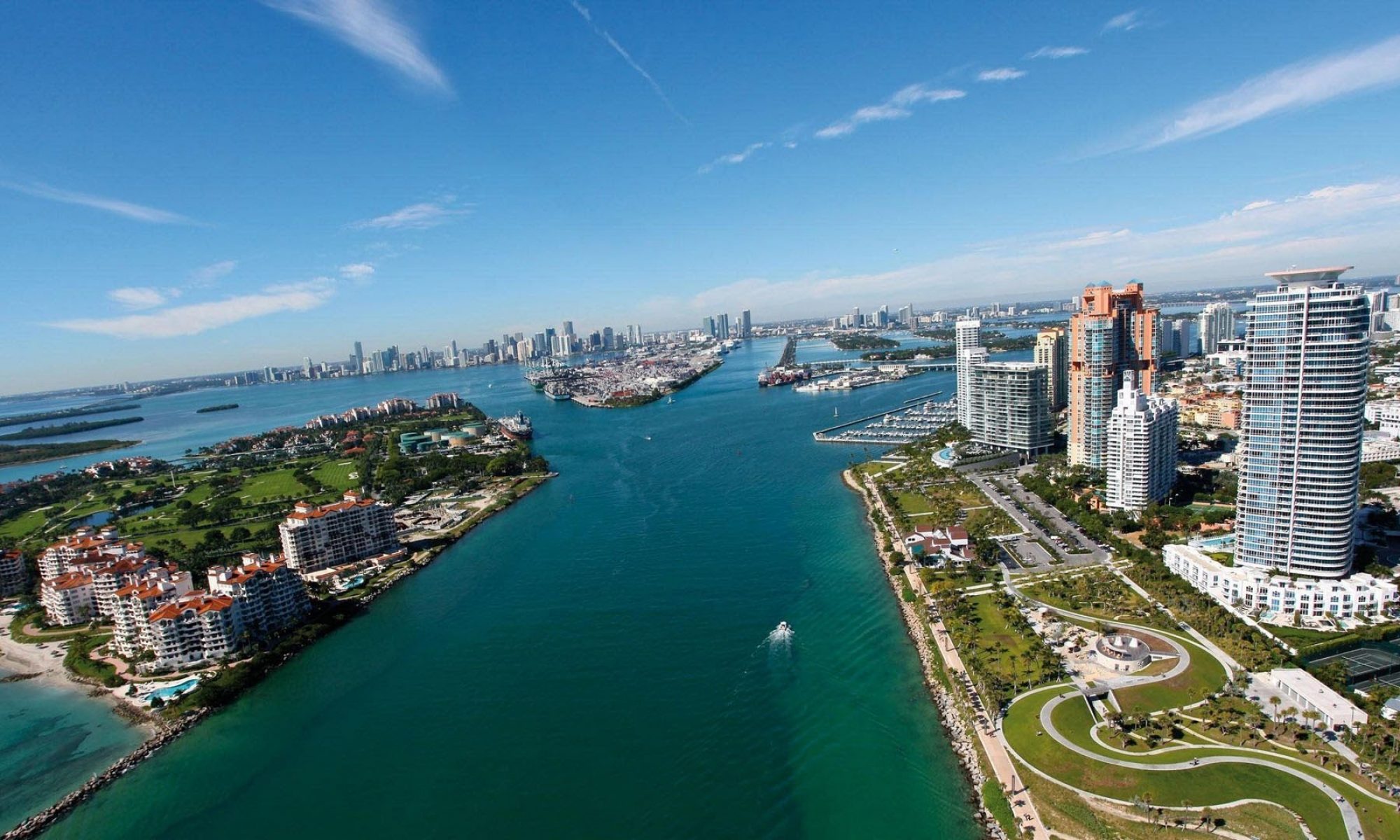In 2017, Germany’s economy grew at the fastest annual pace in nearly a decade. As a result, this is a large contribution to the pickup in growth across the eurozone.
According to the German National Statistics Office, GDP (gross domestic product) grew 2.2% last year, after analysts expected growth of 2.3%. Nevertheless, it was the fastest pace of growth recorded since 2011.
Germany’s strong performance feeds into the success of the eurozone. On Tuesday, the World Bank estimated the EU’s economy grew 2.4% in 2017, which would be its strongest performance since 2007. The expectation is that Germany’s positive growth and momentum will continue in the current year. Trade played a big role in the growth: imports grew 5.2%, exports were up 4.7%.
“Looking to the future, the fundamental factors that supported growth in 2016 and 2017, such as rising industrial production and larger demand for real estate, should still be in place in 2018” said Keith Knutsson of Integrale Advisors.
The recent pickup in growth across the eurozone has made policy makers at the European Central Bank more confident that they will reach their inflation target over the next couple of years. The central bank is decreasing monthly bond purchases under the quantitative easing program from €60 billion from €30 billion.
The acceleration in growth has been fueled in part by a rise in business investment, with Germany seeing a 3.5% rise in spending on domestic plant and machinery in 2017. Eurozone industrial production was 1% higher than in October, and 3.2% higher than in November of 2016. As a result, Germany remains the Eurozone’s manufacturing powerhouse.
